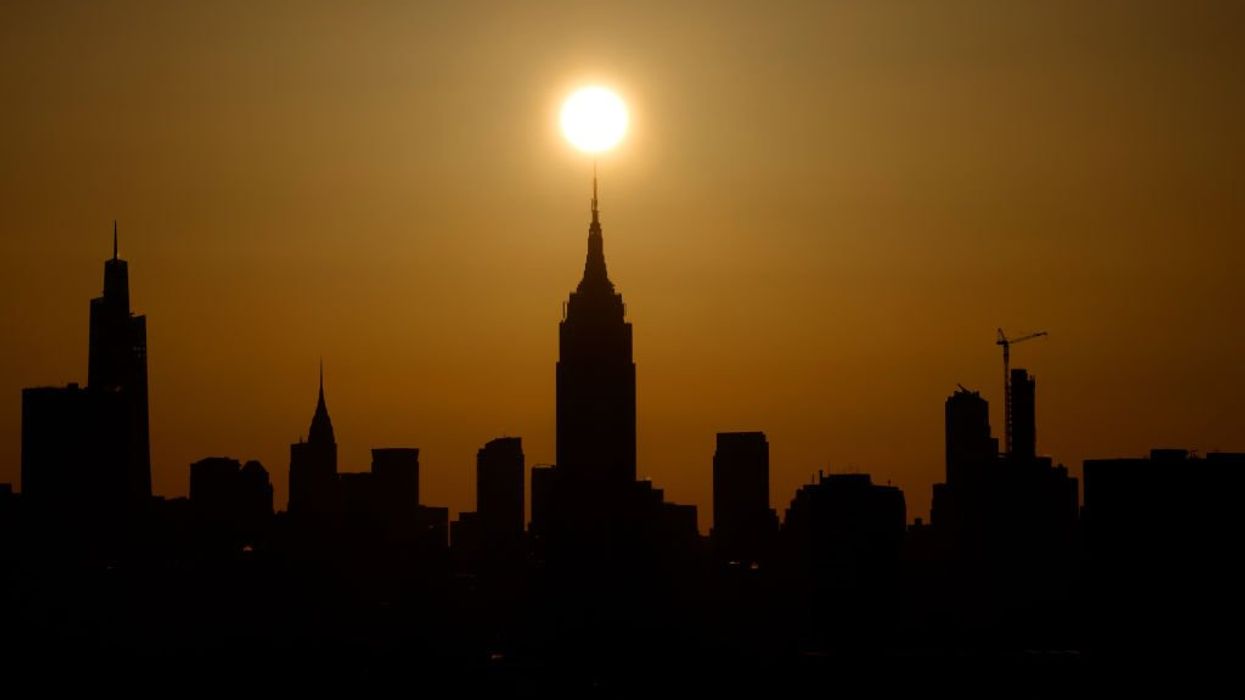
Photo by Gary Hershorn/Getty Images

As Americans prepare for the solar eclipse to take place on Monday, researchers have warned that it could present an increased risk of traffic accidents. Fatal collisions reportedly took place during the last eclipse, and the authorities are preparing, according to Fox News Digital.
There was a 31% increase in fatal traffic events during the total eclipse in 2017, including the days leading up to the event and after. Experts noted that the moments of darkness during the eclipse are not responsible for the accidents, but it's the time when people are driving to and from the place where they watch the event.
Dr. Donald Redelmeier, a University of Toronto professor of medicine, said, "We see a significant decrease during the single hour that involves the eclipse."
"The problem is the surrounding hours, when people are traveling to their place of observation and especially afterwards," he continued. "We're especially concerned about the drive home."
WFLA reported that Redelmeier said there are around 114 car deaths in the U.S. each day, and that number jumped to 189 per day leading up to the eclipse in 2017. Scientists have concluded that the crash numbers could be similar this year.
“Unfamiliar pathways, distraction in the aftermath of a spectacular celestial event, inebriation from some people who are indulging in eclipse related festivals and occasional viewing the eclipse from unsafe roadside locations," Redelmeier said.
The professor has insisted that drivers obey the traffic rules, especially in the few hours following the eclipse, when he predicts the most crashes will occur.
Fox News Digital reported that NASA predicts about 31.6 million people already live within the path of totality, and another 150 million will be able to see partial totality. Many Americans are predicted to travel to where they can view the total eclipse. While the 2017 eclipse was about 70 miles wide, it is expected to be around 115 miles wide this year.
"The 2017 total solar eclipse was widely anticipated because the path of totality (locations experiencing a total eclipse) fell within 300 miles of driving distance for a third of all individuals in the U.S. An estimated 20 million people in the U.S. traveled away from home to another city to view the eclipse, resulting in substantial road traffic," researchers said. "We hypothesized that the eclipse was associated with increased risks of a fatal car crash."
Like Blaze News? Bypass the censors, sign up for our newsletters, and get stories like this direct to your inbox. Sign up here!